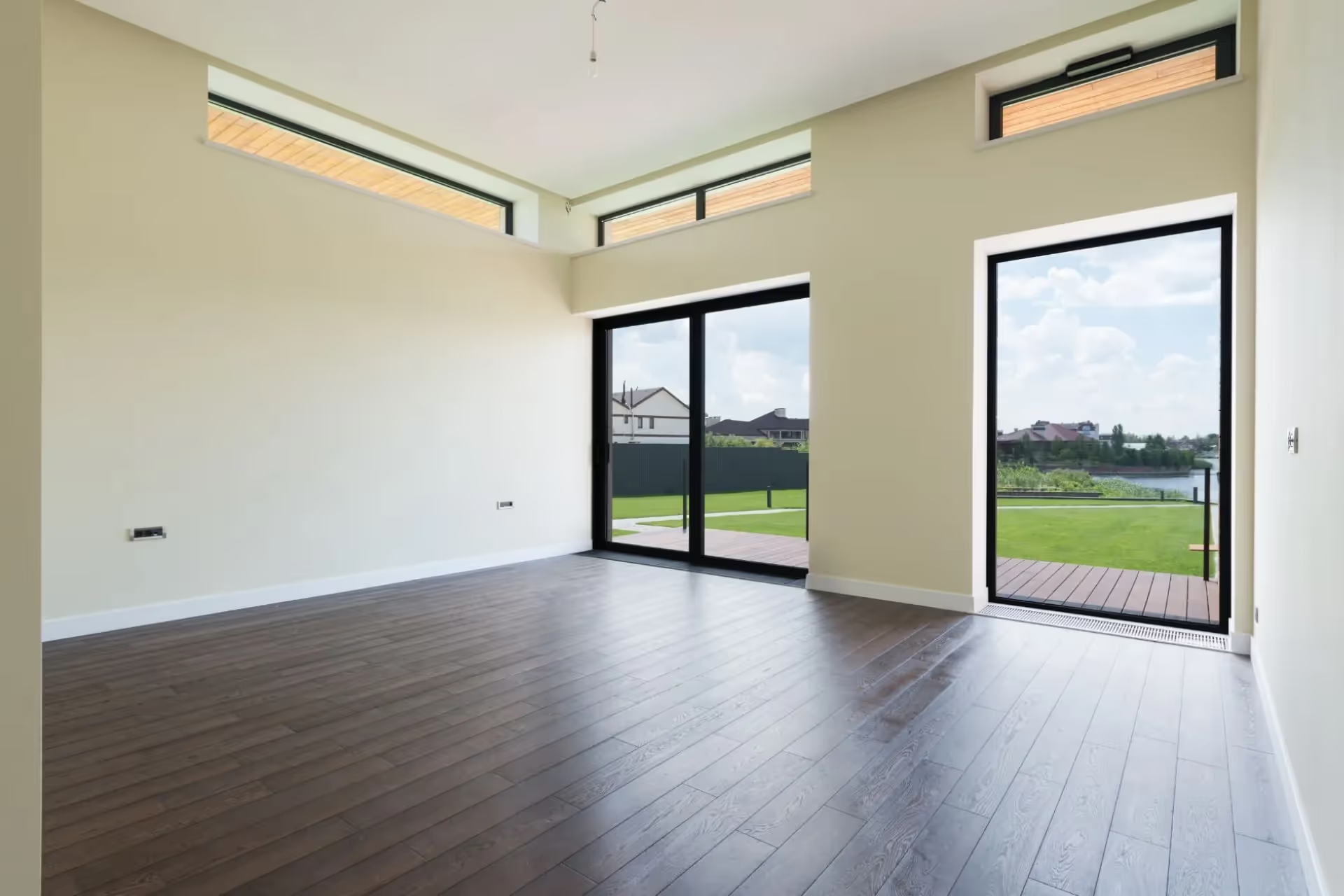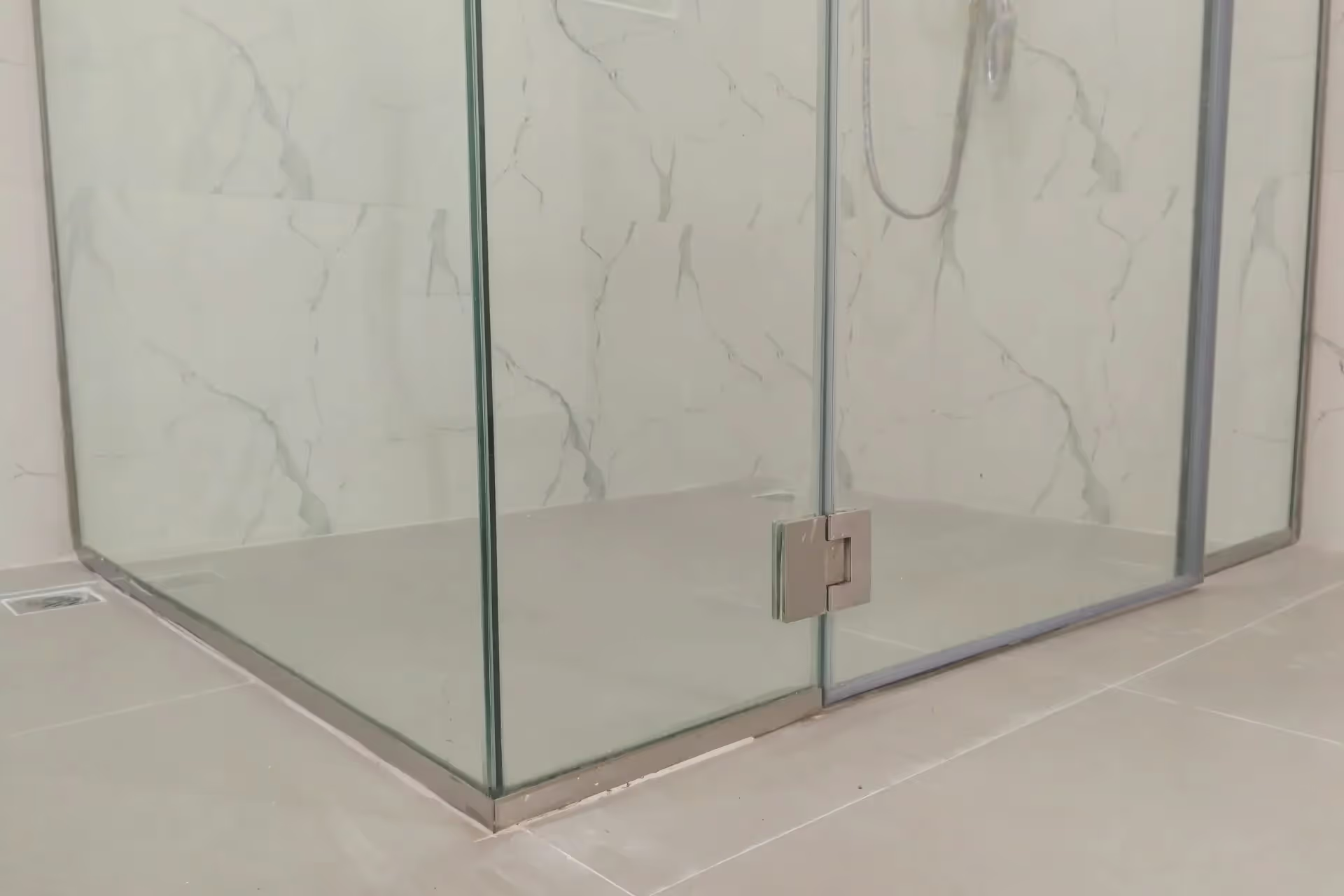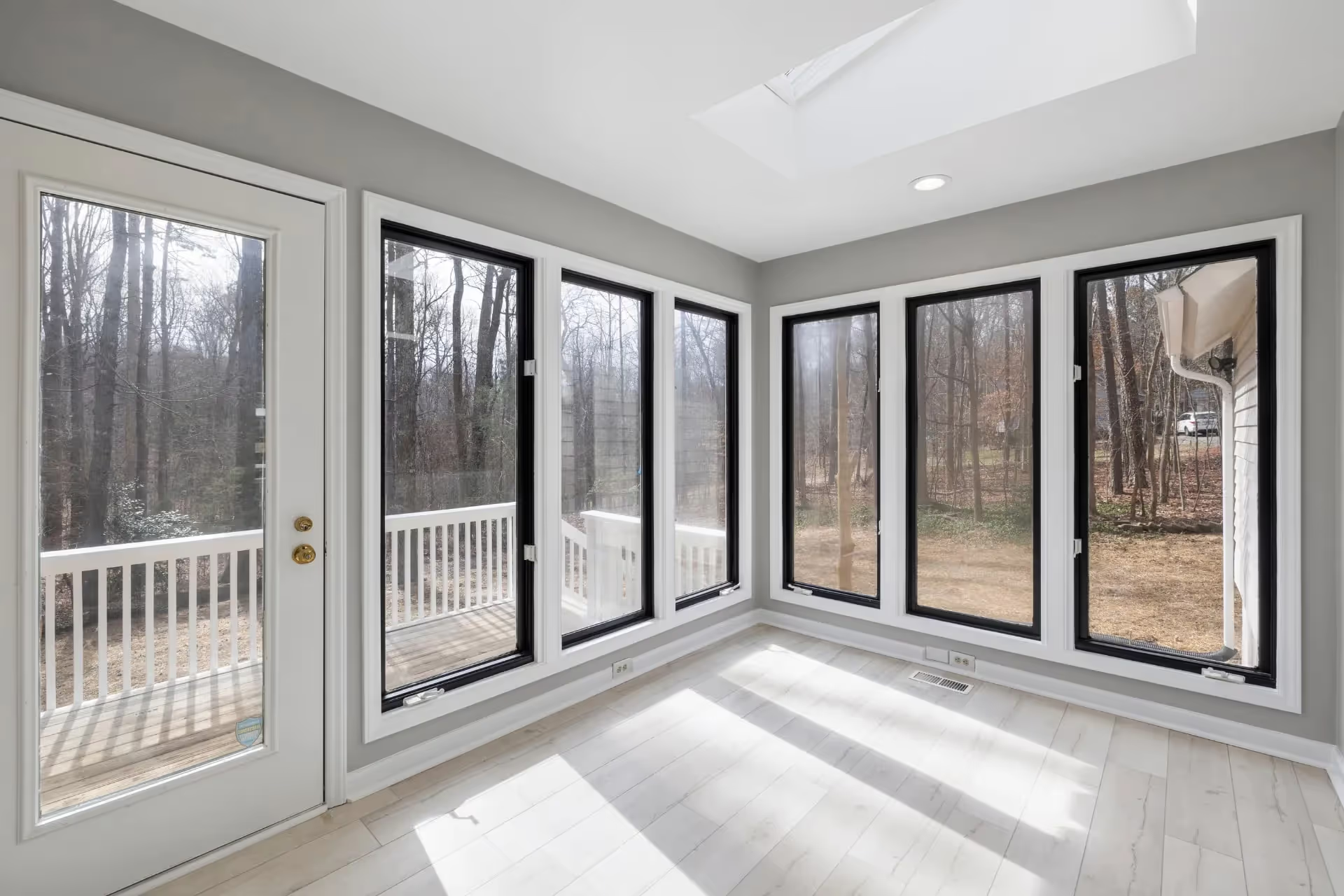If you have ever had the unfortunate experience of being in a car accident and surviving with minor injuries, you can be thankful for the development of laminated glass. Without it, your windshield would likely have shattered.
But what is laminated glass anyway?
Originating from advancements in glass technology, laminated glass consists of two or more glass panes bonded together with a durable interlayer, typically made of polyvinyl butyral (PVB). This innovative construction enhances safety by preventing scattering upon impact, making it ideal for areas prone to breakage or where security is paramount.
In this article, we'll explore the composition, benefits, and diverse uses of laminated glass, exploring why it's becoming the preferred choice for homeowners and architects in Ontario and beyond.
The Benefits of Laminated Glass
Laminated glass offers a multitude of benefits that set it apart from traditional glass options. There is a reason why all vehicles are equipped with laminated glass—the same reason why our home’s windows and doors are as well.
Here are some of its benefits:
- Better safety and security: Its layered construction enhances safety by holding broken glass together upon impact, reducing the risk of injury from flying shards.
- Reduces noise in your home: Its superior sound insulation minimizes noise transmission for a quieter indoor environment.
- Blocks UV radiation: Its plastic interlayer can block up to 99% of UV radiation, protecting interior furnishings from fading due to sun exposure.
- Enhances security: It acts as a deterrent against forced entry, making it an ideal choice for residential and commercial properties seeking both safety and peace of mind.

Image source: Canva
What Is Laminated Glass Used For?
Enhancing the Security of Your Home
Laminated glass is effective in safeguarding against intruders. Would-be thieves will have a much more difficult time breaking through this safety glass, as the bond will prevent the broken glass from giving way. The durable material between each glass layer is strong enough to withstand high force. This is why laminated glass is sometimes called “bulletproof” glass.
Prisons also install it in cells, which work to replace traditional metal bars. Depending on the necessary applications, manufacturers can make the plastic interlayer extremely thick and durable.
Reducing Noise Pollution
This type of glass is no ordinary glass as it is also great for insulating sound. This is why it’s sometimes referred to as “soundproof” glass. The interlayer of laminated glass windows has sound-dampening properties, which make them an excellent noise barrier.
Increasing Insulation
Laminated glass also minimizes the amount of solar heat that is allowed into buildings, making it great for keeping places cool. In addition, it reflects virtually all UV rays, which can damage indoor furniture.
Enhancing Durability
In contrast to regular glass, laminated glass is tough and can last longer. It is not prone to wear and tear that can deteriorate ordinary glass and is easier to maintain.
In Creative and Versatile Designs
Extremely versatile, laminated glass can be constructed and moulded in many shapes, making it ideal for any custom window design you’d want for your home.
Aside from that, it’s easy to install and can be cut quickly and accurately without error. It’s one of the reasons laminated glass is popular for windows and why many believe it will continue to be popular for years to come.
Laminated vs. Tempered Glass: How Do They Differ?
When talking about sturdy glass for your windows, another type comes to mind: tempered glass, also called toughened glass. Laminated and tempered glass seem similar because of their durable qualities.
They don’t break easily, making them useful for all sorts of purposes, such as construction and architecture, where they’re both used as “safety glass” materials.
Though tempered and laminated glass may be similar, they differ in what makes them durable. Laminated glass has layers of laminated glazing making it strong, whereas tempered glass is made of toughened glass which makes it more durable than normal glass.

Image source: Canva
Laminated glass tends to be thicker than single-pane glass due to its layers. So, look closely at the edges of the glass. If you see a cross-section, it’s likely laminated safety glass. Another way of telling whether you have laminated glass windows is through sound.
Laminated glass sounds “fuller,” making a distinctive thud when hit with force. Meanwhile, tempered glass sounds “thinner” when hit. Lastly, glass panels typically have manufacturer information on them. If you can find this label, it should mention whether your glass is tempered or laminated.
It undergoes the tempering process, where the glass first goes to a high-heat tempering oven before its exterior surfaces are cooled down using a quenching procedure. This forces the surface of the glass to compress, making it stronger than ordinary glass.
Toughened and Laminated Glass: Which Is Best for Windows?
That said, laminated glass is more commonly used in windows than tempered glass. It offers better security, energy efficiency, and overall durability. It also ensures that your windows can withstand extreme cold and a good amount of force before breaking, which is important if you live in an area with moderate to harsh climate conditions.
Meanwhile, tempered glass is typically used in smaller applications and mostly in interior spaces like stove tops, shower doors, monitor screens, and other in-home appliances.
Explore High-Quality Glass Windows and Doors for Your Home
When it comes to high-quality window design, manufacturing, and installation, Clera Windows + Doors has got you covered. After all, we’re Ontario’s leading window and door manufacturers for a reason.
Browse through our premium selection of replacement windows made to withstand even the harshest winters. Your home’s safety is our top priority.
Get in touch with us today for a free estimate or to learn more about how you can customize your vinyl windows!








